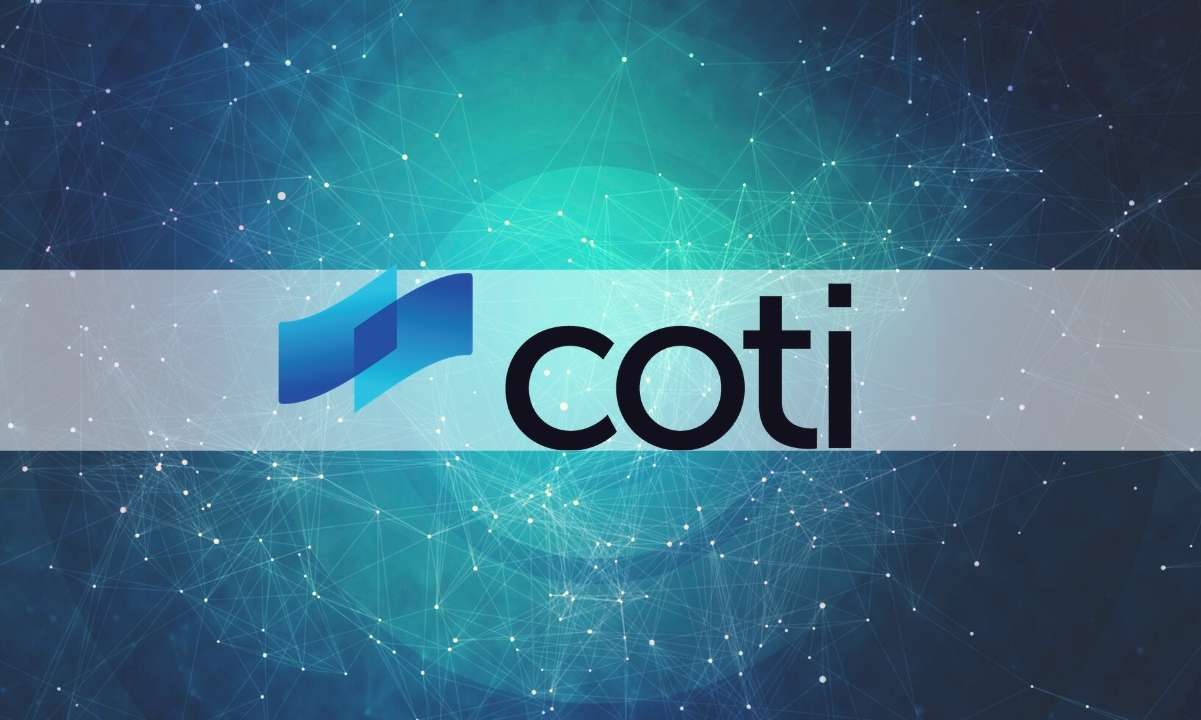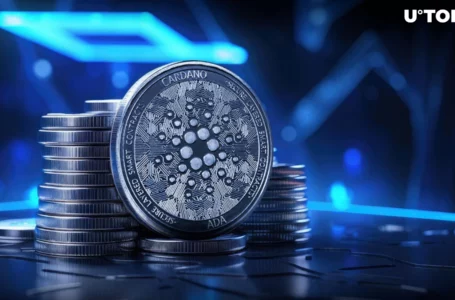
What is Coti?
Coti (COTI) or ‘Coin of the Internet’ is a decentralized payment protocol, and its native token is COTI. With the Coti network, any business or even government can issue their own cryptocurrencies. Combining the advantages of distributed ledger technology (DLT) with that of the traditional payment mechanism, Coti aims to become the de facto decentralized payment solution in the global commerce industry.
Its mission is to build a highly scalable global payments system. It is something that the earliest Proof of Work (PoW) cryptocurrencies like Bitcoin cannot offer, and there is a reason behind it. With an increasing number of users, the transactions involving PoW cryptocurrencies like Bitcoin become slower. Hence, these cryptocurrencies are not suitable for global payments. Transactions involving Coti (COTI), on the other hand, become even faster with an increasing user base, which makes Coti a better & efficient solution to serve global commerce as a payment mechanism.
Coti (COTI) can enable a payment mechanism that is faster, trust-driven, and cheaper. Trust plays a crucial role in Coti transactions. In the Coti network, an innovative algorithm known as Trust Chain Algorithm builds a consensus among the buyer and seller. As Coti leverages directed acyclic graph technology to build its data structure, all the transactions within the Coti network are directly connected instead of being connected via blocks.
What Problem Does Coti Aim to Solve?
Before we start addressing the exact problem that Coti (COTI) aims to solve, we must understand its potential. We know, Coti is aiming to become a major player in the online payments industry. So, let us first understand the potential market that Coti is targeting.
The global market size of the online payments industry was over $3286 billion in 2019. It will reach over $17,643 billion in 2027, growing at a rate of 27.3% between 2019 to 2027. The rising use of smartphones globally is fueling such astounding growth in the online payments market size.
To accommodate the increasing demand for online payment services, the world needs a payment mechanism that is reliable, faster, and truly scalable, which is the most crucial feature of any successful payment mechanism or system. It has always been expected that cryptocurrencies will change the payments industry for good. But cryptocurrencies haven’t proved to be successful at a scale that everyone was envisioning. Now, there are multiple reasons behind it.
To stand a chance in the competitive traditional payments industry, a crypto-based payment mechanism has to be highly scalable. It must also be user-friendly. Without these features, it is unlikely that a cryptocurrency payments mechanism will ever become a mainstream payment system.
How Does Coti Work?
To understand how Coti (COTI) works, we must have an understanding of its segments. There are four main players in Coti. These are the merchant & buyer, who are the counterparties involved in a transaction. Then there are the node operators & mediators.
Cluster
As we have described above, Coti (COTI) uses a directed acyclic graph (DAG) instead of a blockchain-based database. Coti calls DAG a cluster, and every transaction goes to its clusters. There is something very interesting about how transactions are processed in Coti. For confirmation, every transaction in Coti has to validate two previous transactions. Are you wondering that this may slow down the transactions? Well, on the contrary, that is what makes Coti highly scalable. With an increase in the number of users, Coti transactions will keep getting faster and faster.
There are four types of nodes in Coti (COTI), which perform these clusters. They are full nodes, double-spend prevention nodes, trust score nodes, and history nodes.
The Double Spending Prevention Nodes (DSP):
These nodes have an up-to-date list of all the clusters and transactions, which enable the DSP node to make sure that there is no double-spending in the Coti (COTI) network. Every transaction in the Coti network is under the surveillance of DSP nodes. Anyone who wishes to become a DSP node on the Coti network by depositing a large sum of Coti tokens. In return, the DSP nodes receive remuneration of sorts from the network.
Mediation System in Coti
As the name suggests, mediators in the Coti (COTI) network solve disputes like billing errors, non-delivery of goods & services, sending payments to wrong addresses, among others. But a mediator gets involved only after counterparties are unable to come to a solution among themselves.
Every dispute will include multiple mediators who try to find real-world information to solve the dispute. The mediators do not coordinate among themselves but are encouraged to come to a similar conclusion. Mediators have a vote which they can cast in the favor of the party they believe is correct.
COTI Token
The native token of Coti is COTI, and its maximum supply is 2,000,000,000. It has a circulating supply of 669,740,238. 30% of the COTI tokens supply or 600 million COTI tokens were available for sale in the private and public sale, whereas 440 million COTI tokens have been set aside as a reserve for the development & stability of the Coti network.
The Coti team will receive 300 million COTI tokens, which remained locked for the first six months. Then gradually over the two years, at every quarter, the tokens will be released proportionally to the team members. A total of 200 million COTI tokens have been set aside to reward key members contributing to the growth of the Coti network. For the incentive program to reward users, partners, validators, and merchants, a total of 260 million COTI tokens have been allocated. The remaining 200 million COTI tokens are set aside for liquidity measures.
Conclusion
The concept of trust score & merchant rolling reserve enables are the key features of Coti (COTI) Network. They enable Coti to compete against the big boys like PayPal & Visa. Also, leveraging a directed acyclic graph instead of blockchain to build their data structure proved a masterstroke for Coti. It made it possible for Coti to process almost 10,000 transactions per second, making it better than a majority of cryptocurrencies available today.



















